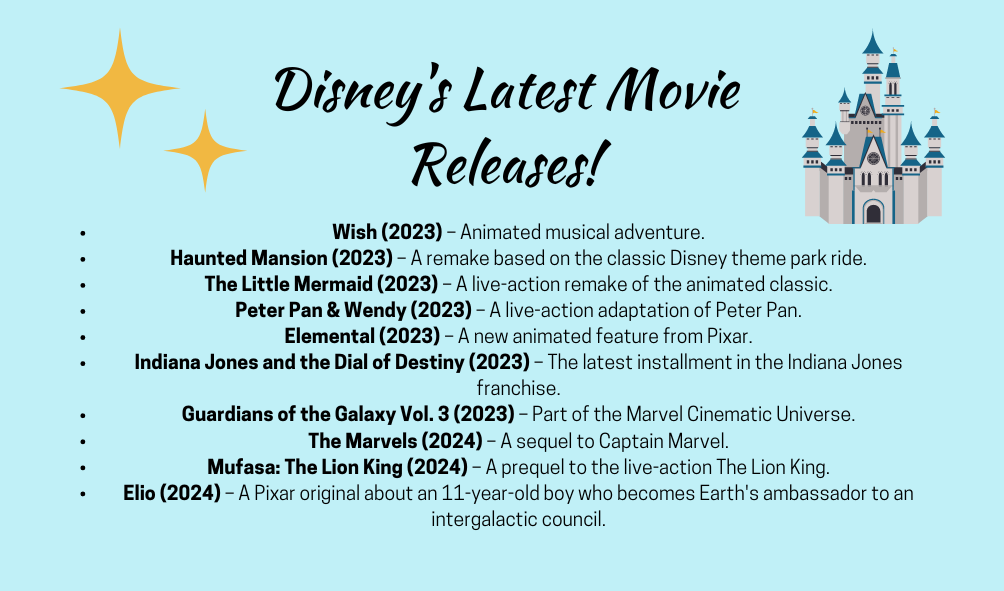There’s something magical about seeing a classic Disney movie—the first time you hear the opening notes of Circle of Life or witness Ariel’s transformation in The Little Mermaid.
But in recent years, Disney’s habit of bringing these iconic stories back to life in live-action form has sparked debate. While some love seeing their favorite characters in a more realistic light, others are wondering: is it time for Disney to start telling new stories?
Disney’s strategy of remaking animated classics into live-action blockbusters has proven to be a financial success.
The Lion King (2019) roared to the top of the box office, grossing over $1.6 billion globally. Films like Aladdin and Beauty and the Beast followed suit, fueled by the nostalgia of fans who grew up with the originals. With such overwhelming box office numbers, it’s hard to argue that Disney isn’t doing something right.
After all, who wouldn’t want to see their favorite childhood characters brought to life through cutting-edge CGI?
But beyond the dazzling effects and familiar soundtracks lies a deeper question: are these remakes showcasing a lack of creativity in Hollywood? For critics, Disney’s reliance on its archive of animated classics points to an industry trend where studios lean too heavily on nostalgia and guaranteed box office hits instead of taking risks on original content. Sure, it’s exciting to see how CGI can reimagine Pride Rock or Agrabah, but is it truly enhancing the storytelling, or just dressing it up in new clothes?
For many fans, the charm of the original animated films lies in their hand-drawn beauty, unique character designs, and heartwarming simplicity. While live-action versions offer the chance to explore these stories in new ways, they sometimes lose the magic that made them special in the first place. The live-action The Little Mermaid (2023), for instance, was praised for its performances but left some viewers longing for the vibrancy of the original.
On the flip side, Disney’s use of modern technology and updated cultural sensibilities allows these stories to reach younger audiences in ways the originals couldn’t.
The remake of The Jungle Book, for example, used CGI to create a visually stunning, immersive world that added layers of realism to the narrative. These updates provide an opportunity to modernize timeless tales while staying true to their core messages—something many argue is necessary as society evolves.
Still, there’s a balancing act Disney must navigate. How much longer can the studio lean on retellings before audiences start to tire of the same stories? While nostalgia may keep some moviegoers coming back, it risks overshadowing new, innovative storytelling.
Is Disney’s magic in its ability to retell tales we already know, or in its power to create the next generation of timeless classics?
As more remakes are announced—Snow White being the latest on the horizon—the debate will only grow. In the end, Disney’s legacy may not lie in whether its live-action remakes became box office hits, but whether it could rediscover the creative spark that once made us all believe in “a whole new world.”
For now, fans remain divided. But one thing’s for sure: Disney’s storytelling future is hanging in the balance, and whether they choose to continue looking back or take a bold step forward will determine if the magic of the past can truly live on in the present.
As the saying goes, “If it ain’t broke, don’t fix it,” but perhaps it’s time Disney asks: what new stories will define the future?
